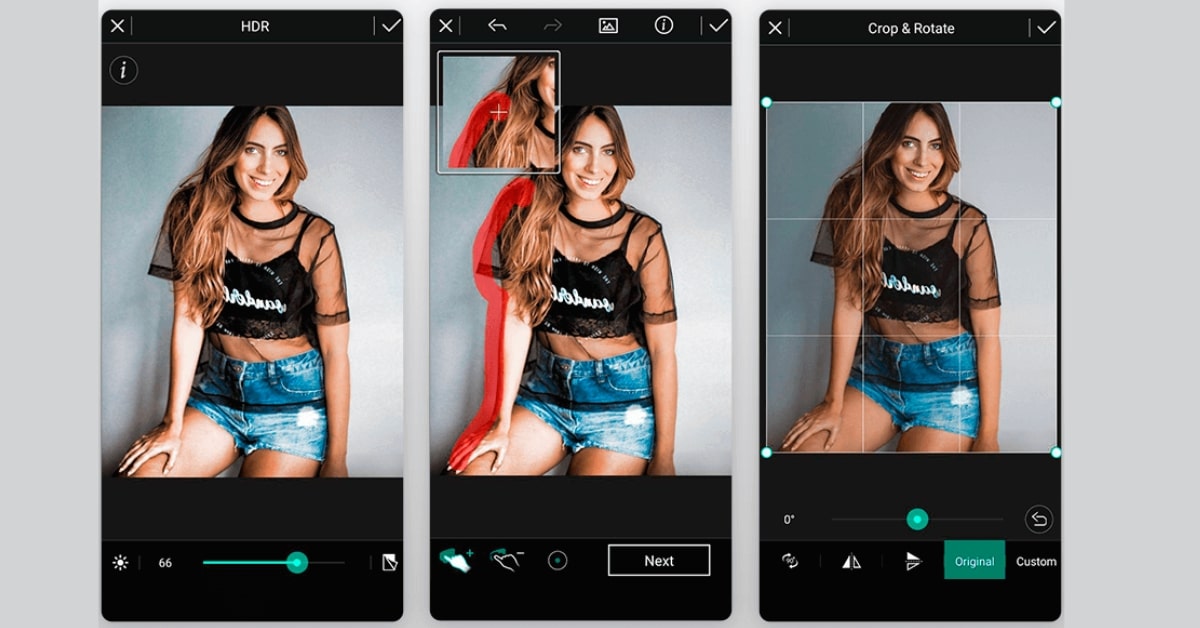In the era of mobile photography and social media dominance, having the right app to edit photos can transform ordinary images into captivating visual stories. The quest for the best editing app involves exploring features, functionalities, and user-friendly interfaces that empower individuals to bring out the best in their images. Let’s delve into the significance, popular options, key features, considerations, and FAQs surrounding the search for the best photo editing app.
Significance of the Best App to Edit Photos
An ideal photo editing app serves as a creative ally, empowering users to enhance, retouch, and stylize their images directly from their smartphones or tablets. These apps play a pivotal role in transforming mundane photos into visually appealing masterpieces fit for sharing across social media or professional portfolios.
Popular Options for the Best App to Edit Photos
- Adobe Lightroom: Known for its powerful editing tools, Lightroom offers advanced features for adjusting colors, tones, and details with a user-friendly interface.
- Snapseed: Renowned for its versatility and intuitive controls, Snapseed provides a range of editing tools and filters for precise adjustments.
- VSCO: Loved by photography enthusiasts, VSCO offers stylish filters, editing tools, and a community for sharing edited images.
- Adobe Photoshop Express: An on-the-go version of Photoshop, it provides essential editing tools like cropping, resizing, and basic adjustments.
Key Features in the Best Photo Editing Apps
- Editing Tools: Robust editing capabilities including cropping, color adjustments, exposure, contrast, and sharpening tools.
- Filters and Presets: A wide range of filters and presets to apply predefined styles or create unique looks.
- Retouching Tools: Tools for removing blemishes, smoothing skin, and enhancing details in portraits.
- User-Friendly Interface: Intuitive and easy-to-navigate interfaces for seamless editing experiences.
Considerations when Choosing the Best Photo Editing App
- Editing Needs: Assess personal or professional editing needs and match them with the app’s features and capabilities.
- Interface and Usability: Choose an app with an interface that aligns with your preferences and provides a comfortable editing experience.
- Integration and Sharing: Consider apps that integrate well with other platforms or allow seamless sharing of edited images.
FAQs
Are these apps suitable for professional-level editing?
While they offer advanced features, these apps may not match the depth of desktop software like Adobe Photoshop.
Can these apps work with RAW image files?
Some apps, like Adobe Lightroom, support RAW file editing, allowing for more extensive adjustments and better quality preservation.
Are these apps available for both iOS and Android devices?
Yes, many popular photo editing apps are available for both iOS and Android platforms, ensuring accessibility for a wide range of users.
Do these apps compromise image quality?
Generally, these apps maintain image quality unless users heavily compress or save images at lower resolutions. Always save edited images at the highest quality available for better results.
Conclusion
Finding the best app to edit photos is about discovering a tool that aligns with personal preferences, editing needs, and ease of use. Whether it’s for enhancing snapshots or creating stunning visuals, these apps serve as creative companions, empowering users to unleash their artistic potential and create captivating imagery.
This page was last edited on 25 February 2024, at 11:58 am
